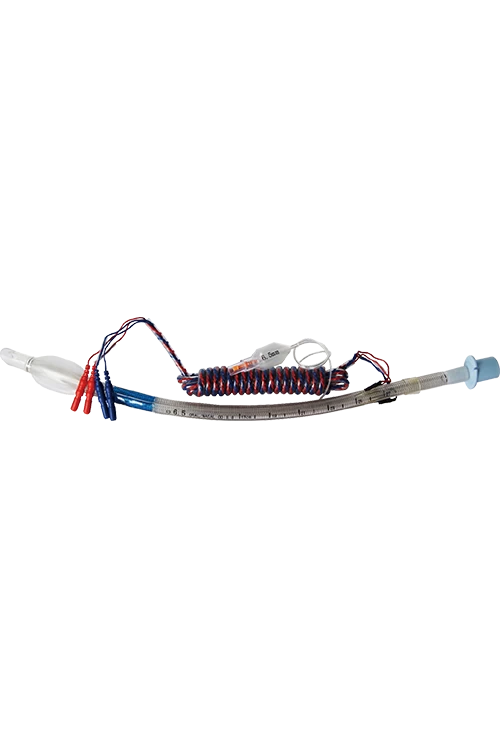When we think of strength in materials, our minds often drift towards metals like steel or advanced composites used in aerospace engineering. However, nature has its own remarkable materials that surpass human-made substances in terms of strength-to-weight ratio, resilience, and versatility. Among these, one material stands out as the strongest natural substance on Earth: spider silk.
The Marvel of Spider Silk
Spider silk is a protein fiber produced by spiders, renowned for its incredible tensile strength and elasticity. To put this into perspective, spider silk is stronger than steel when compared weight for weight. A single strand of spider silk can withstand a force of up to 1.1 gigapascals, making it one of the most robust materials known to science. This extraordinary strength is attributed to its unique molecular structure, which consists of long chains of amino acids that form a highly organized and flexible arrangement.
Composition and Structure
The primary component of spider silk is fibroin, a protein that forms the core of the silk fibers. The molecular structure of fibroin is characterized by repetitive sequences of amino acids, which contribute to the silk's strength and elasticity. The arrangement of these chains allows for extensive hydrogen bonding, creating a stable yet flexible material. This molecular architecture is what enables spider silk to stretch up to five times its original length without breaking, a feature that is crucial for the spider's survival as it uses silk for various purposes, including web construction, prey capture, and even as a lifeline during falls.
Applications of Spider Silk
The remarkable properties of spider silk have captured the attention of scientists and engineers alike, leading to a surge in research aimed at harnessing this natural material for various applications. Here are some notable areas where spider silk is making an impact:
- Medical Applications
One of the most promising uses of spider silk is in the field of medicine. Researchers are exploring its potential for creating sutures, wound dressings, and even artificial ligaments. The biocompatibility of spider silk makes it an ideal candidate for these applications, as it is less likely to provoke an immune response compared to synthetic materials. Additionally, its strength and flexibility can enhance the healing process, providing support to tissues while allowing for natural movement.
- Textiles and Fashion
The fashion industry is also taking note of spider silk's unique properties. Companies are experimenting with bioengineered spider silk to create lightweight, durable fabrics that are both sustainable and environmentally friendly. Unlike traditional textiles, which often rely on petroleum-based fibers, spider silk can be produced through fermentation processes using yeast or bacteria, reducing the environmental impact associated with textile production.
- Construction and Engineering
In the realm of construction and engineering, spider silk's strength and lightweight characteristics make it an attractive option for developing new materials. Researchers are investigating the potential of spider silk composites for use in everything from lightweight structural components to protective gear. The ability to create materials that are both strong and lightweight could revolutionize industries such as aerospace and automotive engineering.
Challenges in Harnessing Spider Silk
Despite its incredible potential, there are significant challenges in harnessing spider silk for commercial use. Spiders produce silk in small quantities, making it difficult to harvest on a large scale. Additionally, the complexities of replicating the silk's molecular structure in a laboratory setting pose further hurdles. However, advancements in genetic engineering and synthetic biology are paving the way for the production of spider silk at scale. By inserting the genes responsible for silk production into bacteria or yeast, scientists are working towards creating a sustainable and efficient method for producing this remarkable material.
Conclusion
In conclusion, spider silk stands as the strongest natural material on Earth, showcasing nature's ingenuity in creating substances that surpass human-made alternatives in strength and versatility. As research continues to unlock the secrets of this extraordinary fiber, we are likely to see a myriad of applications that could transform industries ranging from medicine to fashion and construction. Embracing the potential of spider silk not only highlights the importance of natural materials but also encourages a shift towards more sustainable practices in material science. As we delve deeper into the world of biomimicry, spider silk serves as a powerful reminder of the incredible resources that nature has to offer.

Average Rating